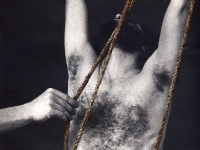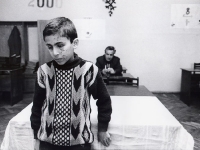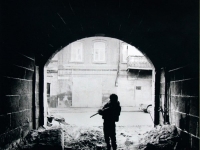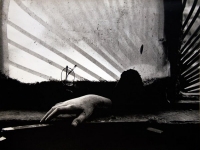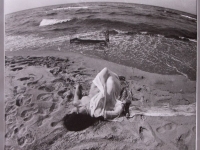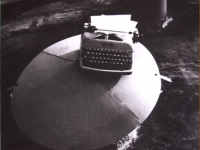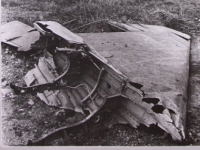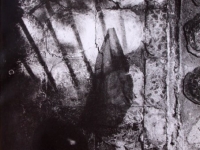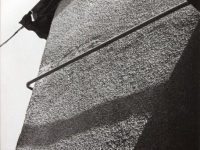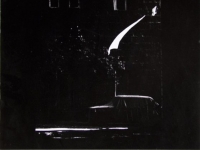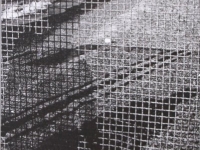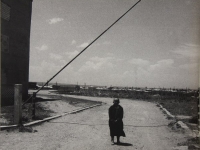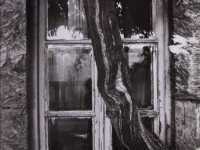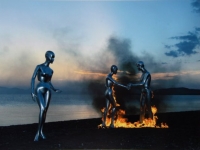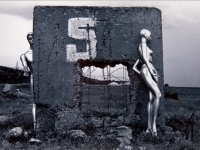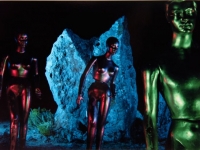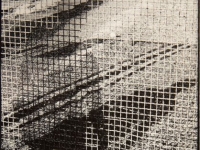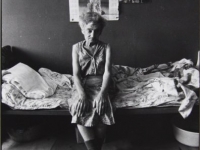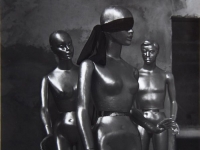German Avagyan’s work was shaped and marked by the turbulent political, cultural and social times in which he first appeared on the scene as a freelance photographer. Coming from a restless background that saw him move from his birthplace in Georgia, to Germany then to Belorus and finally Armenia, Avagyan is attracted to subjects that sharply delineate themselves against the chaos of reality.
Although he received an education as an engineer, Avagyan has concentrated on photography from his mid 20s. He corresponded as a photojournalist with the more politically and culturally forward looking publications in Armenia, such as the ‘Garoun’ monthly. His early work is noticeably experimental and boldly expressionist, markedly influenced by Russian underground photography and also the work of the Armenian avant-garde artists who were part of his milieu at the end of the 1980s.
By the mid 1990s, Avagyan turned his attention almost solely to reportage. Documenting the harsh conditions of the outcasts of Armenian society – blind children, victims of war, mental patients, prisoners and homeless – the photographer brought to light the unseemly and ignored aspects of life in Armenia. The visceral edginess of these images (achieved by using high-contrast fast black and white film and often wide-angle lens) owes something to the strand of expressive documentary photography by the likes of Larry Towell and Sebastião Salgado. Yet, the painful drama of these scenes never overwhelms the larger context. The individuals in Avagyan’s photographs retain their identity and do not become the hyper-real icons of misery as in Salgado’s photographs. His series, such as ‘Mental health’, ‘Lethal toys’ and ‘Stolen childhood’, increasingly appeared not only on the page of local press but were also used by international agencies like CNN.
Ultimately, Avagyan believes in the social function and responsibility of photography as an objective mediator of truth. Raising awareness through his unflinching images, the photographer has said that he “wants to (forcefully) open the eyes of Armenian society… and I will do it.”[i] His efforts have been internationally recognised and Avagyan is the first Armenian practitioner to have received (in 2002) the prestigious ’50 Crows’ award from the International Fund of Documentary Photography.
[i] Interview with German Avagyan, 2002. The interview appeared on the now defunct site www.leonids.ru.





